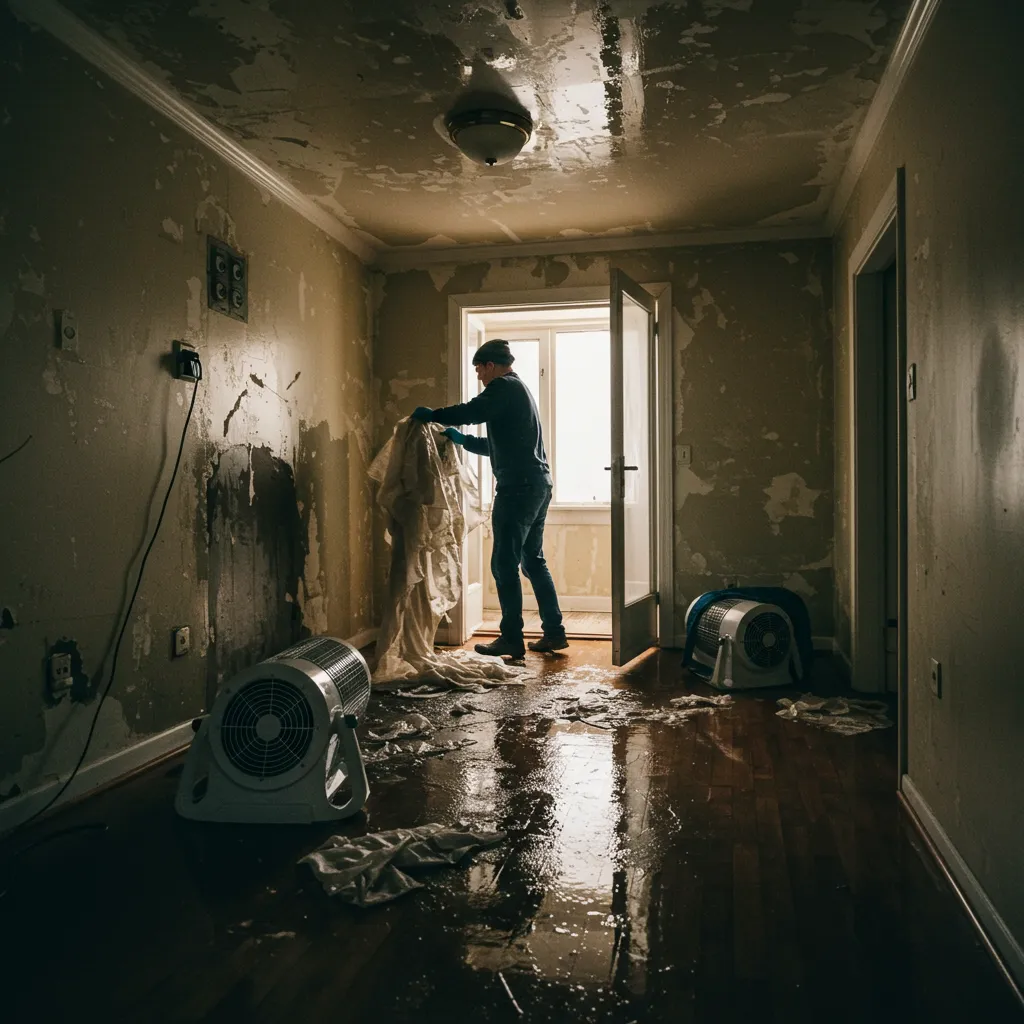
How to Prevent Mold After a Leak or Flood
Whether it’s a burst pipe, a heavy rainstorm, or an overflowing appliance, water damage can happen fast — and mold often follows close behind. But with quick action, you can stop mold before it starts.
Here’s what to do right after a leak or flood:
Act FastMold can start growing within 24 to 48 hours of water exposure. The sooner you dry things out, the better.
Remove Wet MaterialsSoaked drywall, carpet, insulation, or ceiling tiles should be removed if they can’t be fully dried within 24 hours. These materials hold moisture and become mold breeding grounds.
Use Fans and DehumidifiersIncrease air circulation and reduce humidity levels. Open windows, use exhaust fans, and run dehumidifiers to pull moisture from the air.
Disinfect Hard SurfacesAfter drying, clean non-porous materials like tile and metal with a mold-killing solution such as diluted bleach or white vinegar.
Schedule a Mold InspectionEven if everything looks dry, moisture can hide in walls and under floors. A professional inspection can catch issues before they become major problems.
Don’t Wait for Mold to Take Hold.
MacLean Environmental offers post-flood and post-leak inspections to ensure your home is safe, dry, and mold-free.

